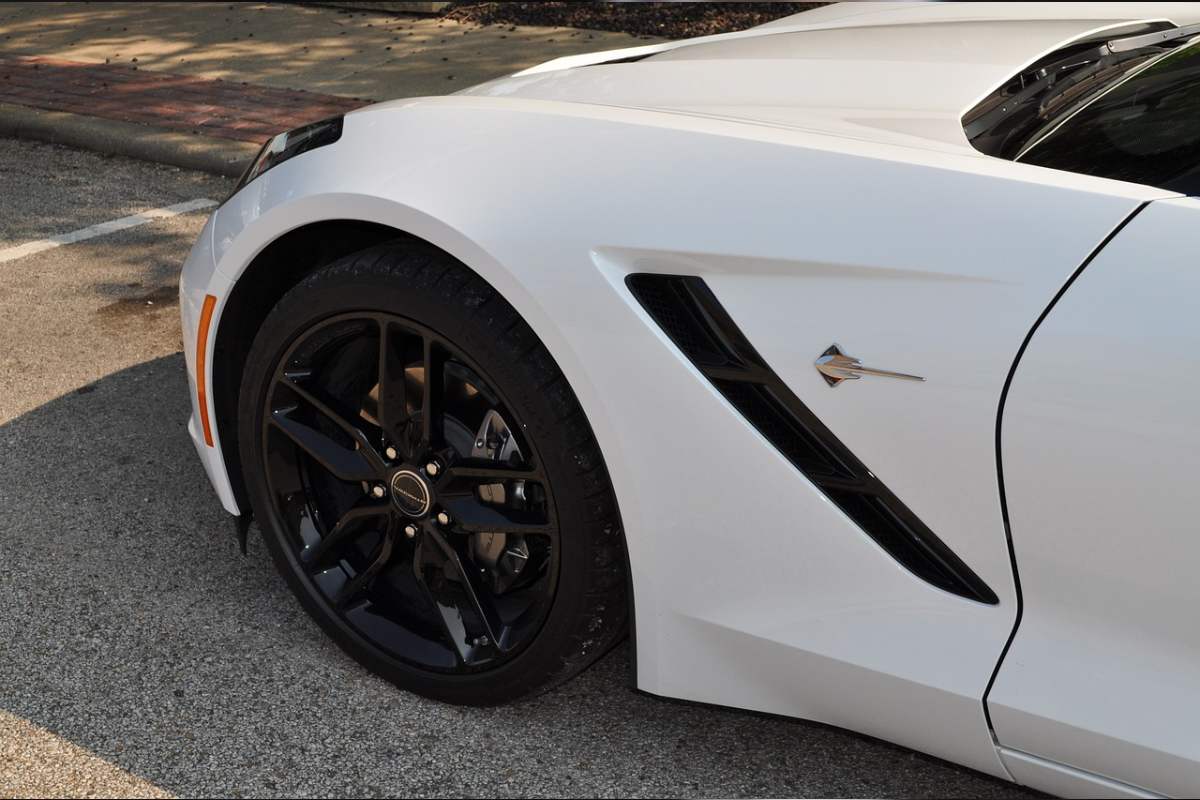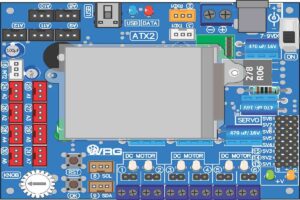Most people rarely think about their brakes until it fails or until the wheels start giving off a certain vibration and shrill sound. For others, even knowing whether there could be a problem with the braking system is still an uphill task because the system is largely hidden from view and only a discerning driver can tell whether the brake rotors have wear and tear or not. This guide is meant to show you the best approach to buying brake rotors and how you can tell which rotors will work for your vehicle.
How Do Brake Rotors Work.
Brake rotors are the visible, smooth surface on your wheels that help to stop the vehicle once the brakes are applied. The rotors work with a brake pad which hold onto the smooth surface of the brake rotors creating enough friction to stop the vehicle. In the process, a lot of heat is produced which needs to be dissipated otherwise the braking system will fail. It is this excess heat that causes the metal surface of the brake rotors to warp and this is what creates the shrill sound once the brake rotors wear out.
Types Of Brake Rotors
You have probably noticed from the auto shop that there are different kinds of brake rotors. There are rotors with slots, and others have drills. Most of the brake rotors are conventionally smooth without any grooves on them. These drills and slots are there to help dissipate the heat and the faster heat is dissipated after braking, the better your braking system will work. Therefore, the type of brake rotors you choose will depend on how engaged your braking systems are when you are driving. Of course someone driving on a rough terrain will likely engage the brakes more than someone driving on the interstate.
How Terrain Affects Your Choice Of Brake Rotors.
The terrain you will likely or mostly drive on will have a large influence on your choice of brake rotors. For muddy terrains, the best braking systems are either slotted brake rotors or conventionally smooth ones. This is because, mud tends to stick on the brake rotors and if the rotors are drilled, then mud can get stuck in the holes. This prevents the brake rotors from dissipating heat as they should and therefore, the best options are the slotted ones and the smooth rotors.
However, if you are a racing enthusiast and your terrain involves smooth roads but your driving features plenty of braking system engagement, then the drilled and slotted rotors are best. The reason is that racing produces a lot more heat than conventional driving and you will notice seeing the braking systems getting red hot on most F1 driver’s cars. This heat has to be quickly dissipated and the best system is either the drilled or slotted rotors.
Materials Used In Making Brake Rotors
The typical materials used in making brake rotors are iron, steel and ceramic. Iron is cheap but heavier and therefore suitable for heavier vehicles. The iron brake rotors don’t dissipate heat as much as steel rotors can, but they are still reliable and last longer. Steel rotors dissipate heat better, but under heavy strain and excess heat, they can easily warp, creating the shrill sound you associate with defective or worn out brake rotors.













